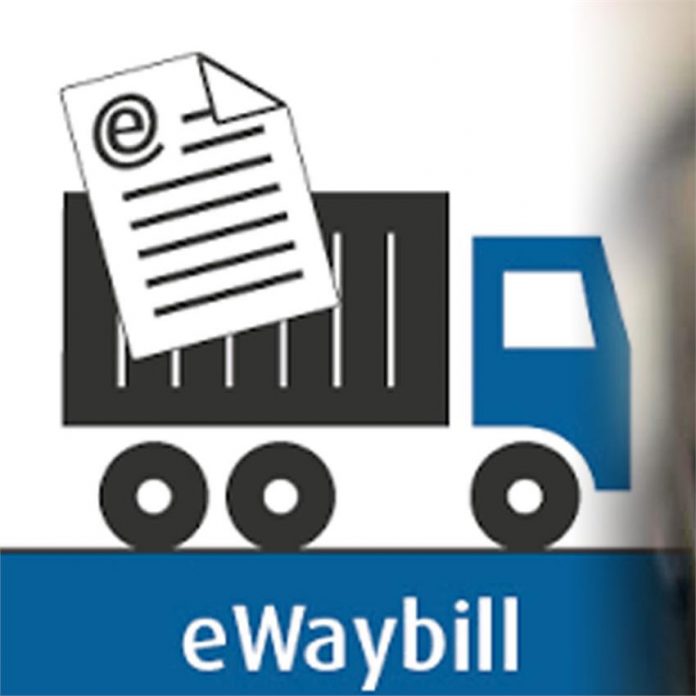Image Credits: navodayatimes.in
New Delhi, Mar 31 (PTI) The finance ministry today said the validity of an e-way bill will be counted from the day transporter fills in the details in the GST form for the first time.
The electronic way bill system will be rolled out from tomorrow as per which businesses and transporters have to produce before a GST inspector e-way bill for moving goods worth over Rs 50,000 from one state to another.
In a clarification, the finance ministry said that the validity period of e-way bill will start only after the details in Part-B of Form GST EWB-01 are updated by the transporter for the first time.
Giving example, the ministry said supposing a consignor fills in the details in Part A of Form GST EWB-01 on Friday and handover his goods to the transporter.
When the transporter is ready to move the goods, say on Monday, he can fill the Part B of Form GST EWB-01 and the validity period of the e-way bill will start from Monday.
As per the rules approved by the GST Council, for goods travelling a distance of less than 100 km the e-way bill will be valid for a day from the relevant date. For every 100 km thereafter, the validity will be additional one day from the relevant date.
The “relevant date” will mean the date on which the e-way bill has been generated and the period of validity will be counted from the time at which the e-way bill has been generated and each day will be counted as 24 hours.
The ministry in another clarification said in case there are two transporters for moving goods from one state to another, then only one e-way bill will be required to be generated.
Giving example, the ministry said consider a situation where a consignor is required to move goods from City X to City Z. He appoints transporter A for movement of his goods. Transporter A moves the goods from City X to City Y.
For completing the movement of goods i e from City Y to City Z, transporter A now hands over the goods to Transporter B. Thereafter, the goods are moved to the destination i e from City Y to City Z by transporter B.
In such a situation, Part A of Form GST EWB-01 can be filled by the consignor and then the e-way bill will be assigned by the consignor to transporter A. Transporter A will fill the vehicle details, etc in Part B of Form GST EWB-01 and will move the goods from City X to City Y.
On reaching City Y, transporter A will assign the said e-way bill to the transporter B. Thereafter, transporter B can update the details of Part B of Form GST EWB-01.
Transporter B will fill the details of his vehicle and move the goods from City Y to City Z, the ministry added.
Touted as an anti-evasion measure and would help boost tax collections by clamping down on trade that currently happens on cash basis, the e-way bill provision of the goods and services tax (GST) was first introduced on February 1.
However, its implementation was put on hold after the system developed glitches in generating permits. With several states also starting to generate intra-state e-way bills on the portal, the system developed a snag.
The next roll out date has been decided as April 1.












